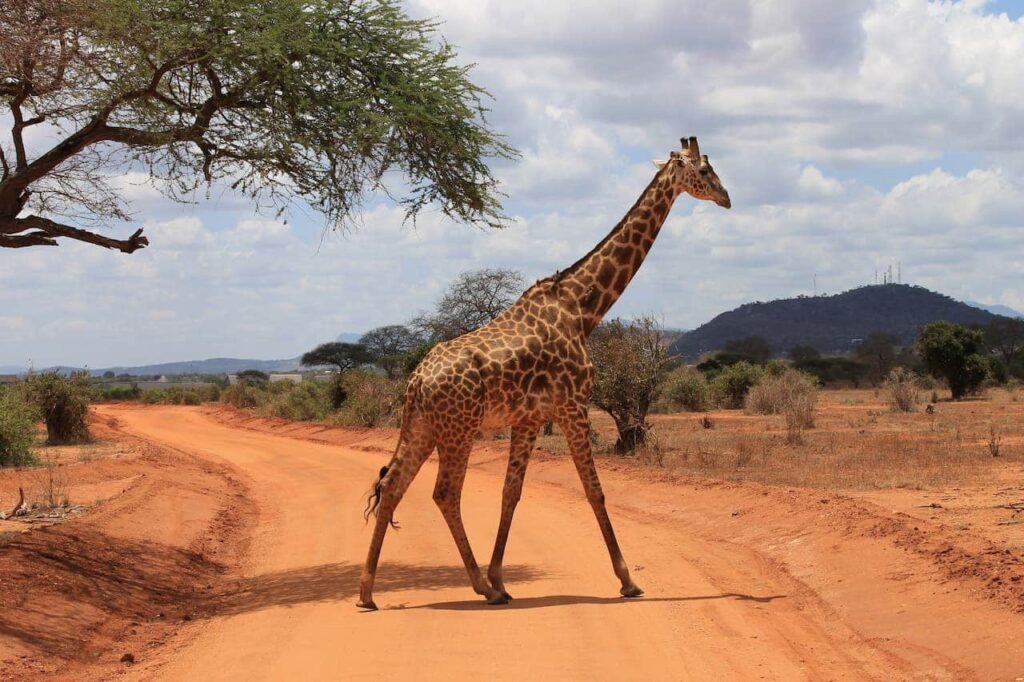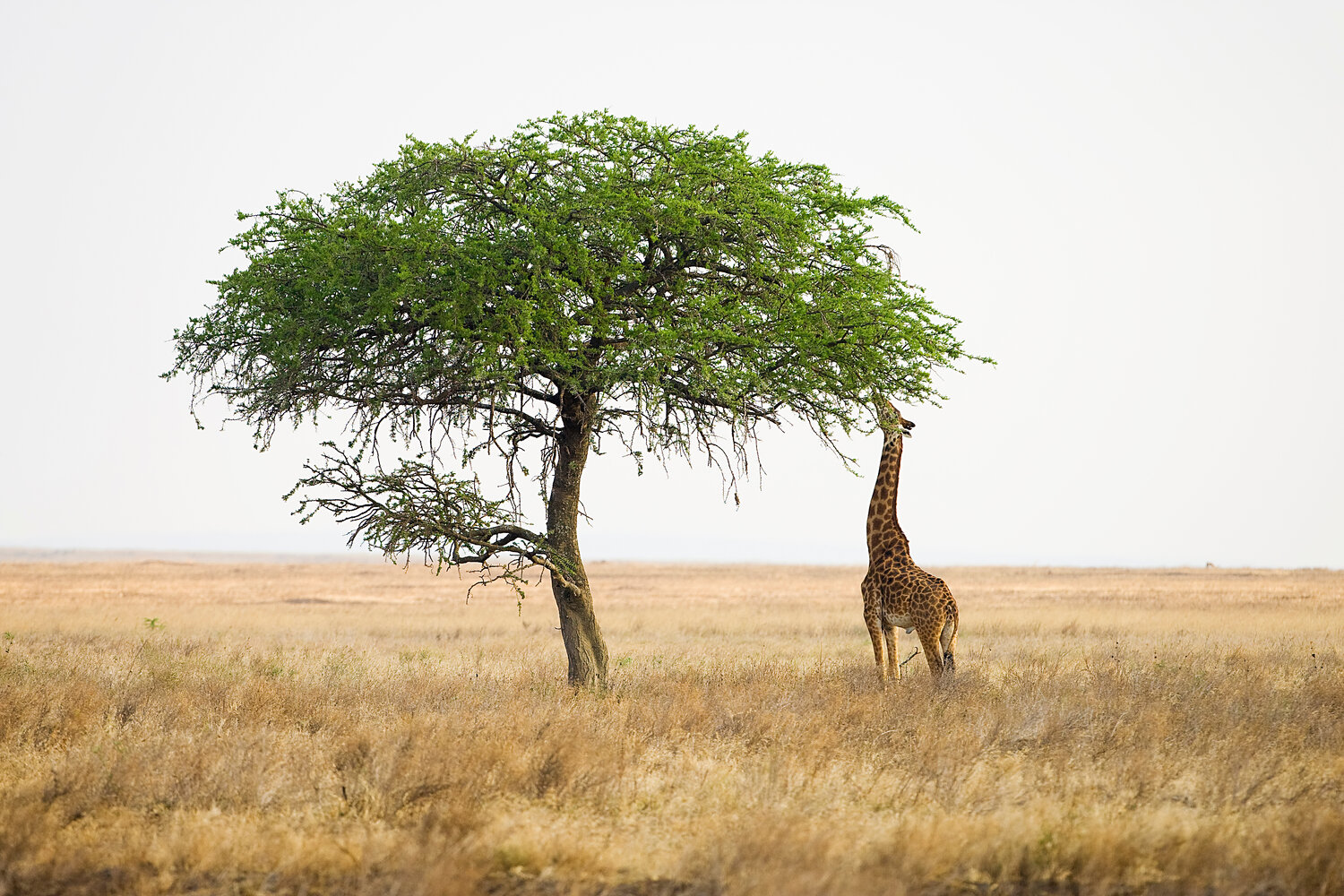No, giraffes do not have 7 hearts. They have a single heart, like most mammals. However, what sets its heart apart is its extraordinary design and functionality. The giraffe’s heart is a remarkable organ that has evolved to accommodate the challenges posed by its towering stature.
To pump blood effectively to its brain, which can be located up to 18 feet above its heart, the giraffe’s heart is exceptionally powerful. Its muscular walls generate immense pressure to counteract gravity, ensuring a steady flow of oxygenated blood reaches its brain and other vital organs.
Alongside this incredible heart, giraffes have a complex circulatory system, featuring specialized arteries and nodal structures to manage blood flow efficiently.
Giraffe Anatomy

Giraffes, the magnificent giants of the animal kingdom, boast an anatomy that is both intriguing and awe-inspiring. As the tallest land animals on Earth, their physical structure has evolved in remarkable ways to accommodate their towering stature and unique lifestyle.
The Neck
The most iconic feature of giraffes is, undoubtedly, their long necks. These necks can extend up to 18 feet, and despite their seemingly delicate appearance, they are anything but.
Giraffes possess the same number of cervical vertebrae (seven) as humans, but each vertebra is greatly elongated. This elongation allows giraffes to reach the highest branches of trees, where they find their primary source of nourishment.
The Heart
Giraffes, like most mammals, have a single heart, but it is a true hydraulic wonder. They have a massive heart, weighing around 25 pounds or more. To pump blood effectively to their brains, located far above their hearts, giraffes have developed an incredibly powerful cardiovascular system. Their heart features muscular walls capable of generating immense pressure, ensuring a steady flow of oxygenated blood reaches even the most elevated regions of their bodies.
Circulatory System
The giraffe’s circulatory system is nothing short of remarkable. Their arteries, especially those leading to their heads, are notably thick and muscular. This adaptation is essential for maintaining the necessary pressure to counteract the effects of gravity and ensure that their brains receive a constant supply of oxygen. Specialized valves within their neck arteries prevent blood from flowing back down when giraffes lower their heads to drink or graze.
The Legs
Giraffes’ long, slender legs provide the necessary stability and support for their towering bodies. Their legs are powerful and muscular, enabling them to run at speeds of up to 35 miles per hour. Each leg is adorned with hooves, which are as robust as they are elegant. These powerful limbs allow giraffes to move gracefully across the African savanna, and when the need arises, they can achieve impressive running speeds.
The Tongue
Giraffes’ tongues are another extraordinary facet of their anatomy. They can extend up to an astonishing 45 centimeters and are prehensile, meaning they can grasp leaves and twigs with remarkable dexterity. Covered in tough, papillae-covered tissue, their tongues are perfectly adapted for handling thorny or spiky vegetation, making them efficient browsers.
Eyes and Ears
Giraffes’ large, expressive eyes provide them with excellent eyesight, allowing them to spot predators from a considerable distance. Their acute vision is an invaluable asset on the savanna. Additionally, their large ears serve not only for hearing but also play a role in temperature regulation. These ears contain blood vessels that help dissipate heat, an essential adaptation for survival in the often-scorching African climate.
How does a giraffe’s heart work?
The heart of a giraffe, although similar in structure to that of other mammals, operates in a truly exceptional manner, making it a remarkable feat of evolution. T
Pumping Blood
At its core, a giraffe’s heart serves the same fundamental purpose as the heart of any mammal – to pump blood throughout the body. It consists of four chambers, including two atria and two ventricles, working in concert to maintain a continuous circulation of blood.
Circulating Blood
Blood, the body’s life force, carries oxygen and nutrients to cells while removing metabolic waste products. In the context of a giraffe, its heart propels blood through an intricate network of blood vessels that extend to every corner of its towering physique.
Conquering Gravity
One of the most captivating aspects of a giraffe’s heart function is its ability to pump blood against the ceaseless force of gravity. To accomplish this, the giraffe’s heart has evolved to be exceptionally powerful. Its muscular walls generate immense pressure, ensuring a steady flow of oxygenated blood reaches the brain and other vital organs situated high above the heart.
Specialized Arteries
In addition to its muscular heart, a giraffe’s circulatory system features arteries specially adapted to endure and maintain the elevated blood pressure necessary for effective circulation to the uppermost regions. This adaptation guarantees that the giraffe’s brain and other critical organs receive a consistent supply of oxygenated blood.
Nodal Structures
To further fine-tune blood flow, giraffes have nodal structures positioned along their neck arteries. These structures act as regulators, delicately balancing blood circulation and preventing excessive pressure. They play a pivotal role in maintaining the intricate equilibrium required for a giraffe’s circulatory system.
Efficient Oxygen Delivery
Despite the considerable height of their heads and necks, a giraffe’s heart excels at delivering oxygen to the uppermost regions. Specialized valves in their neck arteries prevent blood from flowing backward when they lower their heads to drink or graze. This ensures a constant supply of oxygen to their brains, even when they shift between feeding and drinking.
How do giraffes pump blood to their heads?

Giraffes have a fascinating and highly specialized circulatory system that allows them to pump blood to their heads, even though their heads can be located up to 18 feet above their hearts.
Powerful Heart: A giraffe’s heart is exceptionally powerful and muscular, enabling it to generate substantial pressure when it contracts. This powerful heart serves as the primary pump for the circulatory system.
Thick, Muscular Arteries: The arteries in a giraffe’s neck and head are notably thick and muscular. These specialized arteries are designed to withstand and maintain high blood pressure, ensuring efficient blood flow to the uppermost regions.
Nodal Structures: Along the arteries in the neck, giraffes have nodal structures, or nodes, that act as regulators. These nodes help control blood flow, preventing excessive pressure and ensuring a balanced circulation.
Efficient Valves: Giraffes have specialized valves in their neck arteries. These valves prevent blood from flowing backward when the giraffe lowers its head to drink water or graze. This mechanism ensures a continuous supply of oxygenated blood to the brain.
FAQ
Does any animal have 4 hearts?
No, no known animal has four hearts. Most animals, including humans, typically have one heart, which is responsible for pumping blood throughout their bodies.
Do giraffes have strong hearts?
Yes, giraffes have exceptionally strong hearts. Their hearts are not only large but also powerful, allowing them to pump blood efficiently to all parts of their tall bodies.
Do giraffes have small hearts?
No, giraffes do not have small hearts. In fact, they have some of the largest hearts in the animal kingdom. Their hearts are notably large to support their unique physiology.
Do giraffes have more than 1 heart?
No, giraffes, like most mammals, have only one heart. The myth of multiple giraffe hearts is not accurate.
Does any animal have 9 hearts?
No, there is no animal known to have nine hearts. Most animals have a single heart, although some creatures have evolved unique circulatory systems.
Which creature has 32 brains?
No creature has 32 brains. Each creature typically has one central brain, although some animals, like octopuses, have complex nervous systems with distributed ganglia.
Which has 8 hearts?
Octopuses are the animals with eight hearts. They have one central heart and three branchial hearts per gill, totaling eight.
Which animal has 32 hearts?
No animal has 32 hearts. Multiple hearts are a rare occurrence in the animal kingdom, and no creature possesses such a high number.
Which animal has 25,000 teeth?
The earthworm has thousands of tiny, hair-like structures called chaetae, which are often mistaken for teeth. However, they are not true teeth in the traditional sense.
Which animal has 1,000 eyes?
The term “animal with 1,000 eyes” is often used to describe the peacock tail feathers, which have eye-like patterns. However, these are not actual functioning eyes but rather decorative features.
Final words
Giraffes, as captivating as they are, do not have seven hearts, despite the intriguing myth. They have a single, powerful heart that’s perfectly adapted to meet the demands of their extraordinary physiology. Their circulatory system, with its specialized arteries and nodal structures, enables them to pump blood efficiently to even the highest points of their towering bodies.
Giraffes remain a testament to the wonders of nature’s adaptations, showcasing how evolution has sculpted these magnificent creatures to thrive in their African savanna habitat. While they may not possess multiple hearts, their one heart is a symbol of the incredible and efficient mechanisms that support life in the animal kingdom.



